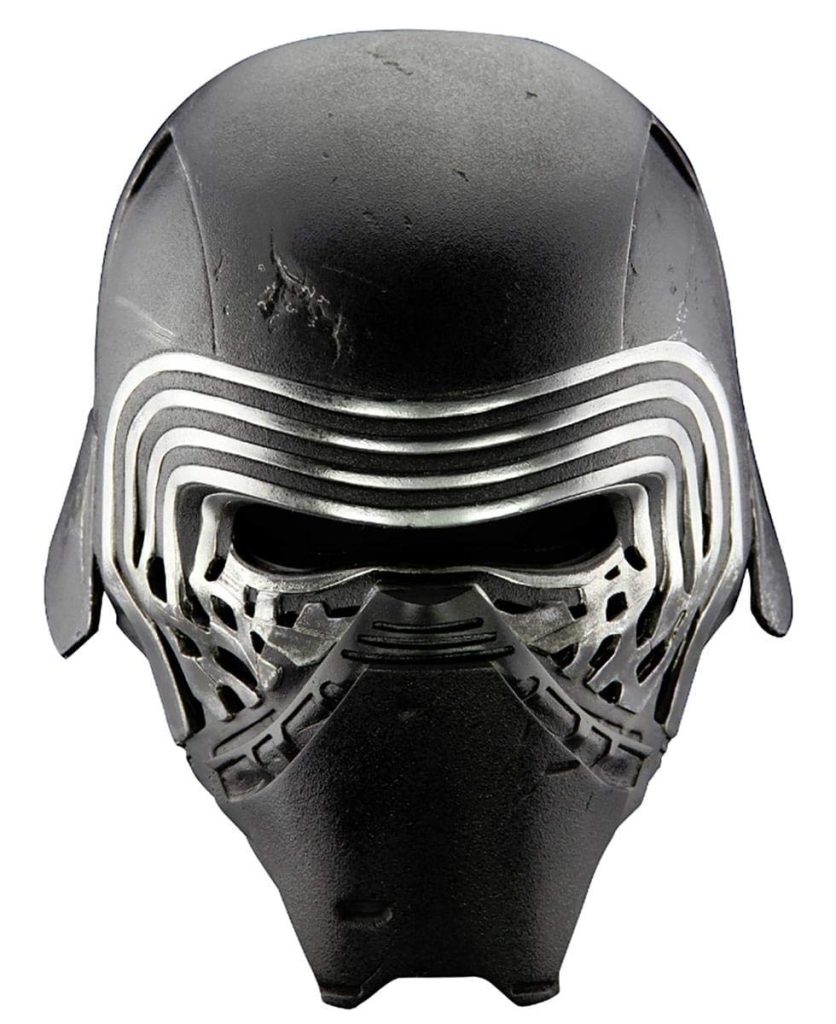When designing a kitchen, the layout and accessibility of kitchen cabinets play a crucial role in the overall functionality and convenience of the space. The primary goal is to create a space that is not only aesthetically pleasing but also highly efficient and easy to navigate. Kitchen cabinets serve as essential storage units, and their design directly impacts how well the kitchen functions on a day-to-day basis. From ease of access to maximizing space, the functional benefits of kitchen cabinets are numerous, and optimizing these features can significantly improve the usability of your kitchen. In a well-organized kitchen, all items should be easily reachable, reducing the need for excessive bending, stretching, or searching through cluttered drawers. Cabinets with pull-out shelves, lazy Susans, and pull-down racks are excellent solutions for ensuring that every corner of your cabinets can be accessed with minimal effort. For individuals with mobility challenges, features such as pull-out pantry systems or under-cabinet drawers with full extension are especially beneficial, allowing them to retrieve items without strain.

These designs improve not only convenience but also promote safety by preventing unnecessary movements that could lead to accidents in the kitchen. In terms of layout, a well-planned arrangement of cabinets contributes significantly to workflow efficiency. The work triangle, which is the strategic placement of the sink, stove, and refrigerator, is a classic design principle that optimizes the movement between the most important areas of the kitchen. The layout of your cabinets should follow this principle, ensuring that items are stored close to where they will be used most frequently. For example, pots, pans, and cooking utensils should be housed in cabinets near the stove, while plates, cups, and serving utensils should be placed near the sink or dining area. This reduces unnecessary movement, making meal preparation quicker and more streamlined. Additionally, the use of varied cabinet depths and heights can enhance both storage and accessibility. Tall cabinets with adjustable shelving are ideal for storing large items like baking trays or cereal boxes, while deeper cabinets with pull-out trays are perfect for bulky kitchen appliances.
Another key design feature is the inclusion of upper cabinets that are within reach, as opposed to high cabinets that require a step stool to access. By incorporating these elements into your kitchen design, you can ensure that everything is stored efficiently and is easy to access. Maximizing storage is another critical function of kitchen cabinets. In many homes, kitchen space is limited, and every square inch counts. Well-designed cabinets can make the most of available space by incorporating clever storage solutions like pull-out trash bins, drawer dividers, and built-in dividers for trays and baking sheets. These features help keep the kitchen tidy and organized, ensuring that everything has its place and is easy to find when needed. Additionally, open shelving or glass-front cabinets can be utilized for items that are frequently used, adding both convenience and visual appeal to the space. Improving accessibility and optimizing the layout of Waukesha Kitchen cabinets enhances the overall functionality of the kitchen. By focusing on ease of access, maximizing storage, and utilizing smart design features, you can create a kitchen that is both user-friendly and visually appealing, making it a space that works efficiently for years to come.

